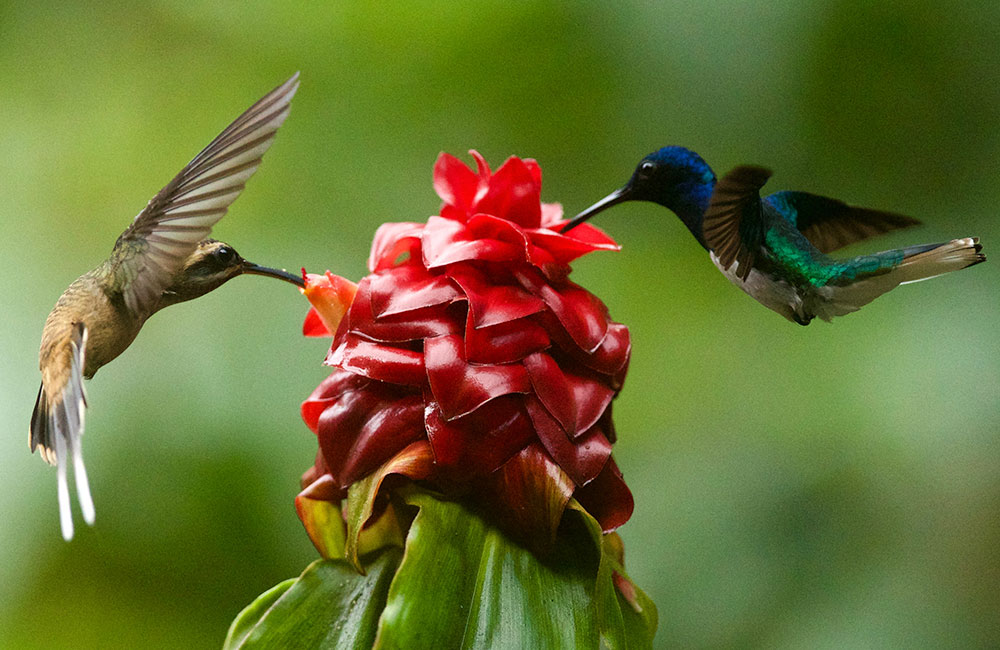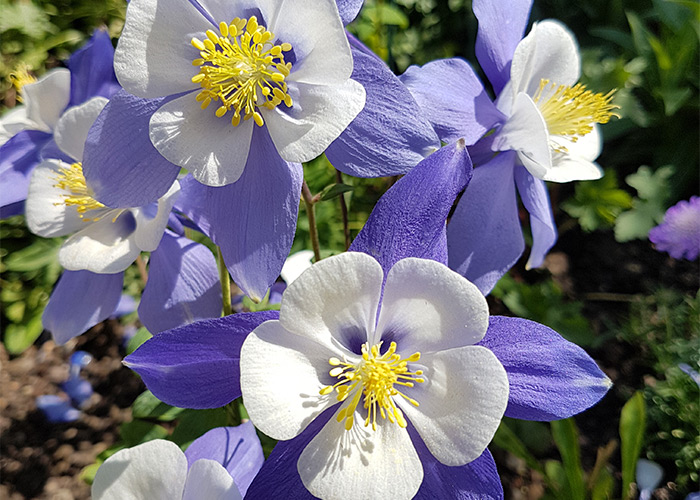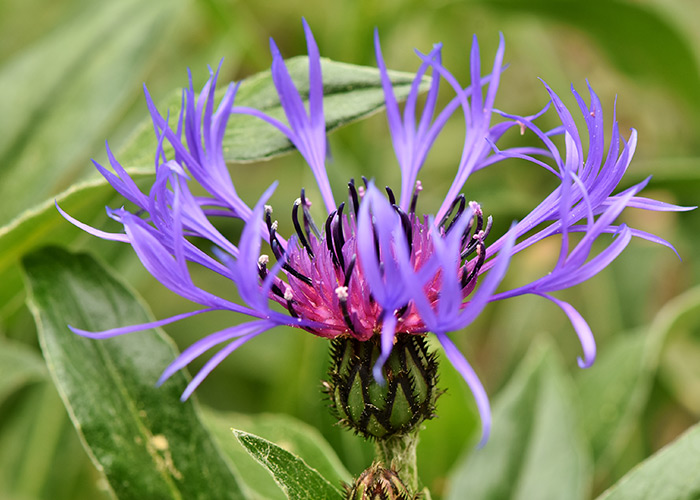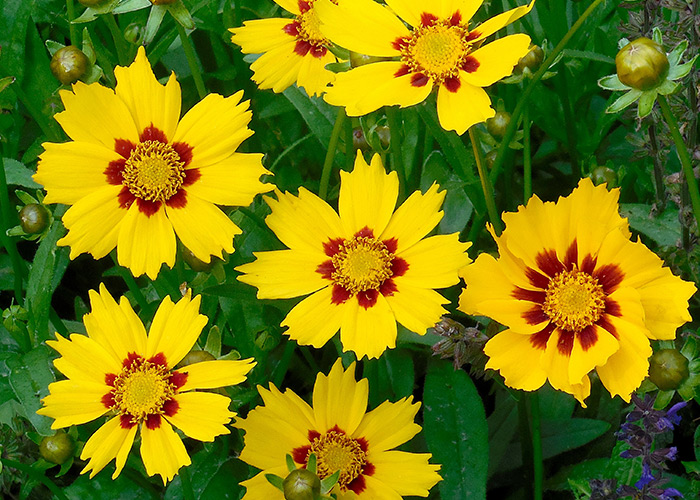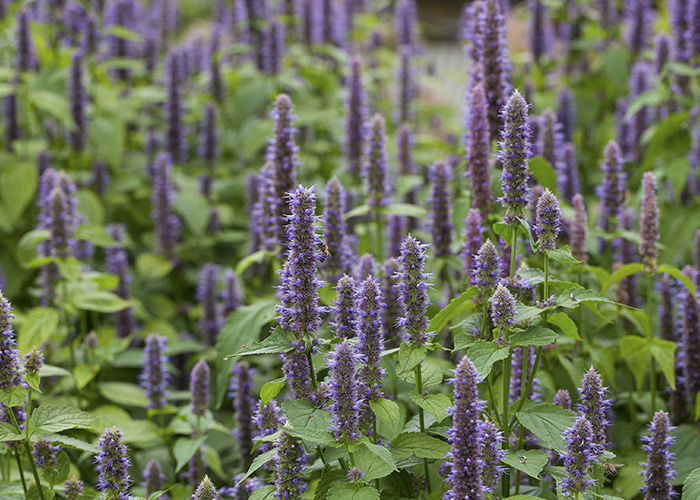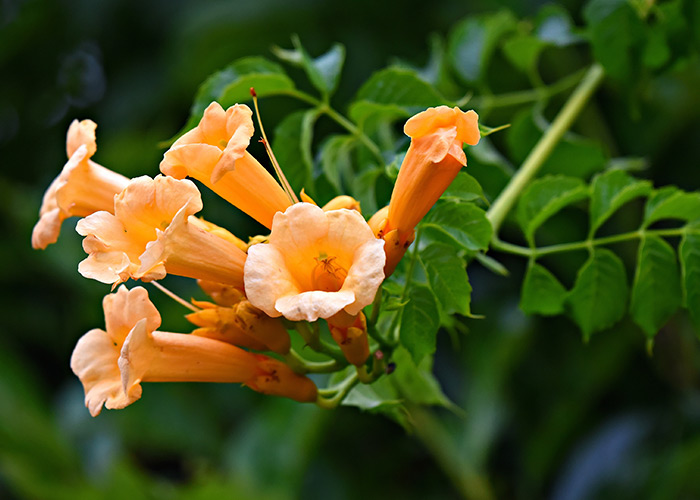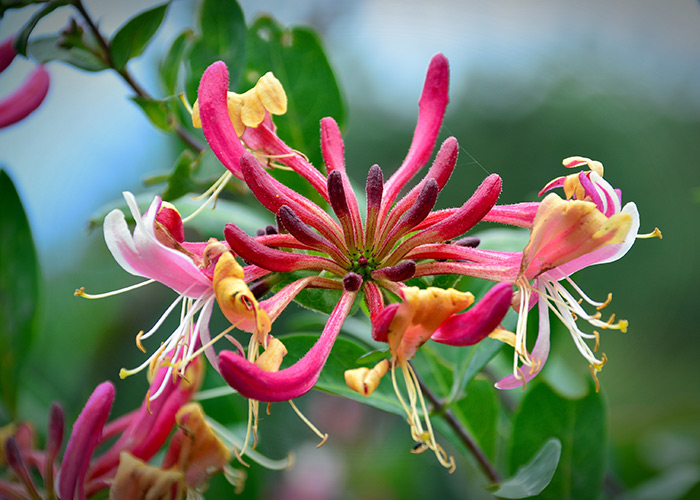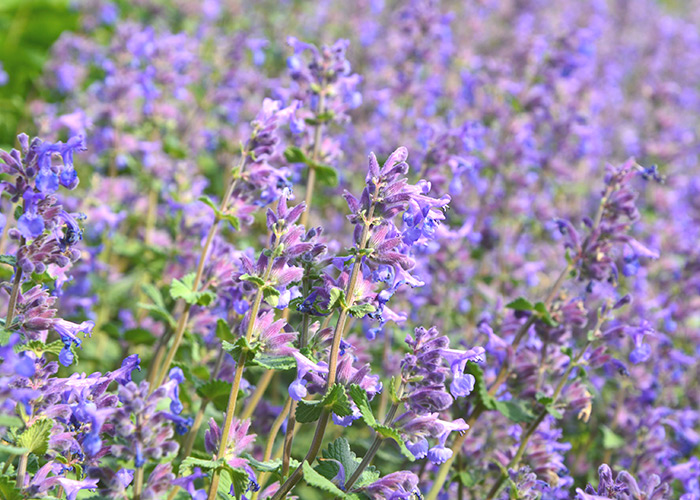Planting Perennials for Birds
Written by Jaime Discon & Mikaela Rice
Bring more birds into your yard by planting perennials that will provide them with seed and nectar! Planting a variety of perennials with different bloom times will provide food, and give your garden color, over many months. Be sure to include a water source nearby. Try to keep these plants from being sprayed with any chemicals that may cause harm to birds and other pollinators that may visit this area.
Perennial Favorites for Birds
These are a few perennials that produce seeds for birds. Birds tend to scatter these seeds in a variety of ways giving you ‘pop-up’ plants, so keep an eye out! These free plants can be transplanted to better areas or given to friends.
A quick note on deadheading: While many plants benefit from periodic deadheading to encourage new blooms and keep the plant under control, it also removes the seed source for birds! Make sure to leave a few spent flowers on the plants for them to snack on if you decide to cut back.
Aquilegia (Columbine / Granny’s Bonnet)
Aquilegia’s bell-shaped blooms are also a big hit with hummingbirds and pollinators. It is easy to grow and will give your garden color for at least 4-6 weeks from mid-spring through summer.
Centaurea (Mountain cornflower / Bachelor’s button)
Perennial Centaurea is a magnet for butterflies and produces showy blue, fringed flowers from late spring through early summer. You can usually make them bloom again in late summer through fall if you cut them back hard after first flush. Centaurea is easy to grow, long-lived, virtually pest free, drought tolerant, and deer resistant. Be careful as they self-seed prolifically if they aren’t deadheaded.
Coreopsis (Tickseed)
Coreopsis is a sun-loving American native that is low maintenance, drought tolerant, and long blooming. Their daisy-like blooms are also irresistible to butterflies. Make sure to deadhead spent blooms to encourage more flower production!
Echinacea (Coneflower)
Echinacea is a staple in pollinator-friendly gardens. It is drought-tolerant, long blooming, and can really take the heat. They are also native to North America and make great cut flowers!
Rudbeckia (Black-eyed Susan)
Native to North America, Black-eyed Susans are one of the most popular wildflower varieties grown. They thrive in full sun and are heat and drought tolerant and deer resistant. Don’t forget to deadhead spent flowers to encourage sturdier, more compact plants and production of new blooms for pollinators!
Other Favorites for Birds Include:
- Aster
- Eupatorium
- Echinops
- Leucanthemum
- Liatris
- Lobelia
- Monarda
- Solidago
- Verbascum
- Vernonia
Perennial Favorites for Hummingbirds
It is true that hummingbirds are drawn to the color red, but that doesn’t mean they only visit red flowers – so feel free to plant a rainbow of colors. These perennials are considered to be hummingbirds’ favorites!
Agastache (Anise Hyssop)
Agastache is a member of the hyssop family with aromatic leaves and flower spikes that produce all summer long. This plant loves the sun, is attractive to pollinators, and is deer-resistant. The leaves are also edible, best used in teas and cooking.
Campsis (Trumpet Vine / Trumpet Creeper)
This plant has a vigorous vining habit that is great for arbors, trellises, and fences. It is native to the southeastern United States and produces clusters of trumpet-shaped flowers from June though September that are magnets for hummingbirds. Just make sure to keep an eye on it because it has an aggressive colonizing tendency!
Lonicera (Honeysuckle)
We’re all familiar with honeysuckle growing in the wild, but have you ever considered planting it in your garden? Lonicera are easy to grow, heat tolerant, and very vigorous – butterflies also love them! These plants bloom heaviest in spring and are great for trellises, fences, and the like (assuming you are planting a vining variety). When choosing a variety to plant, please note that native Lonicera is easier to keep under control vs. its Japanese counterpart.
Nepeta (Catmint)
This plant is an attractive perennial herb that can be used as a substitute for lavender in plantings. It blooms from late spring to summer and has a sprawling habit, making it great for borders and paths. It is also deer resistant and drought tolerant!
Salvia (Sage)
This mint relative is a powerhouse in the garden – it blooms from spring through fall, thrives in hot weather, and comes in a variety of sizes and colors. Perennial salvia is also deer resistant, disease resistant, and pollinators of all sorts flock to them!
Other Favorites for Hummingbirds Include:
- Aquilegia
- Delphinium
- Digitalis
- Heuchera
- Kniphofia
- Lobelia
- Monarda
- Penstemon
- Phlox pan. & ssp.
- Yucca
These lists are by no means exhaustive. If you’re looking for more plants to attract birds to your home feel free to stop by so one of our staff can give you expert advice and options for your unique garden!




